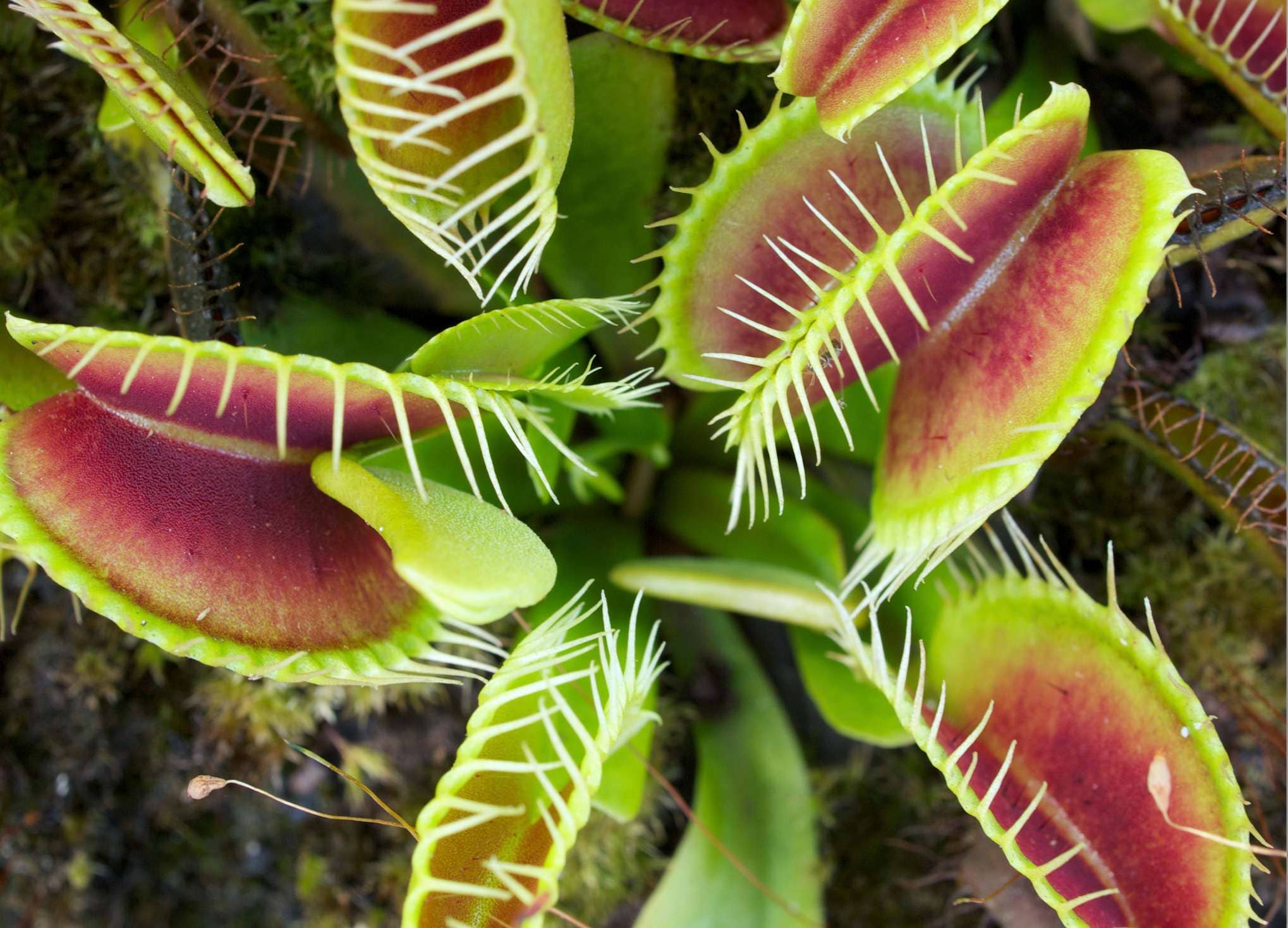What is your Inner Plant?
Lots of plants are studied at Lancaster University and all of them have different characters and preferences just like we do.
Take this plant-themed personality quiz to find out which plant you are most similar to! Once you have taken the quiz and found out which plant you have the most similarities with, download a colouring sheet below.
Remember to upload your drawing to the website/social media so we can see what all your inner plants are!

Question 1: Do you like it hot?
Yes, I love it when it's hot out
No, I prefer it when it's cool
I don't mind either way
What do you do on a rainy day?
Go outside and jump in puddles
Stay warm inside
Do you have most energy in the day or the night time?
Early bird
Night owl
Do you prefer birds or bees?
I love creepy-crawlers!
Birds are way cooler!
I'm not fussed
What do you prefer?
Working independently!
Having some help on the way...
Pineapple
You're a pineapple! Pineapples are indigenous to S. Ameria and the third most important tropical fruit in world production.
Pineapples grow as shrubs that normally reach 1-1.5m tall. The individual flowers of the unpollinated plant fuse to form the fruit we find in the shops. They are pollinated by hummingbirds and sometimes bats in the wild, but the pineapples we eat are normally pollinated by humans!
Download your colouring sheet here http://wp.lancs.ac.uk/lancsphotosynthesis/files/2021/05/pineapple-colouring-sheet.pdf
Pineapples grow as shrubs that normally reach 1-1.5m tall. The individual flowers of the unpollinated plant fuse to form the fruit we find in the shops. They are pollinated by hummingbirds and sometimes bats in the wild, but the pineapples we eat are normally pollinated by humans!
Download your colouring sheet here http://wp.lancs.ac.uk/lancsphotosynthesis/files/2021/05/pineapple-colouring-sheet.pdf
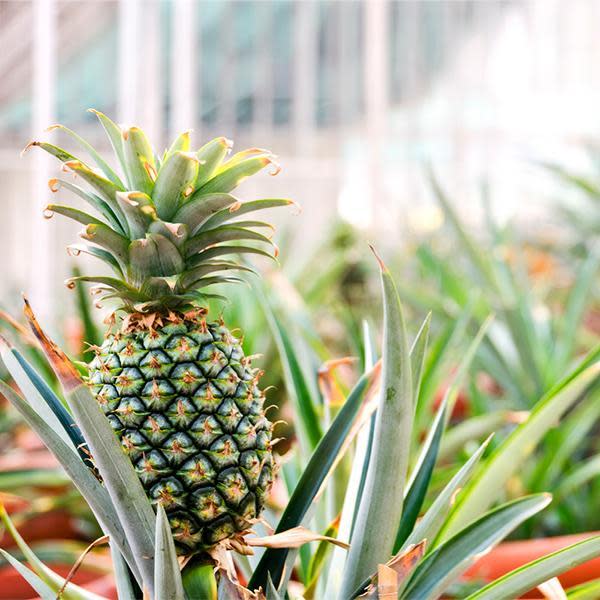
Sugarcane
You're sugarcane! Tall and fast-growing, sugarcane is one of the most productive plants on earth and used extensively in agriculture. They are native to warm, tropical regions of India, South East Asia, and New Guinea.
They are grown for biofuel production, especially in Brazil. It is the largest crop by production quantity: 1.8 billion tonnes of sugarcane was produced in 2017!
Download your colouring sheet here: http://wp.lancs.ac.uk/lancsphotosynthesis/files/2021/05/sugarcane-colouring-sheet.pdf
They are grown for biofuel production, especially in Brazil. It is the largest crop by production quantity: 1.8 billion tonnes of sugarcane was produced in 2017!
Download your colouring sheet here: http://wp.lancs.ac.uk/lancsphotosynthesis/files/2021/05/sugarcane-colouring-sheet.pdf
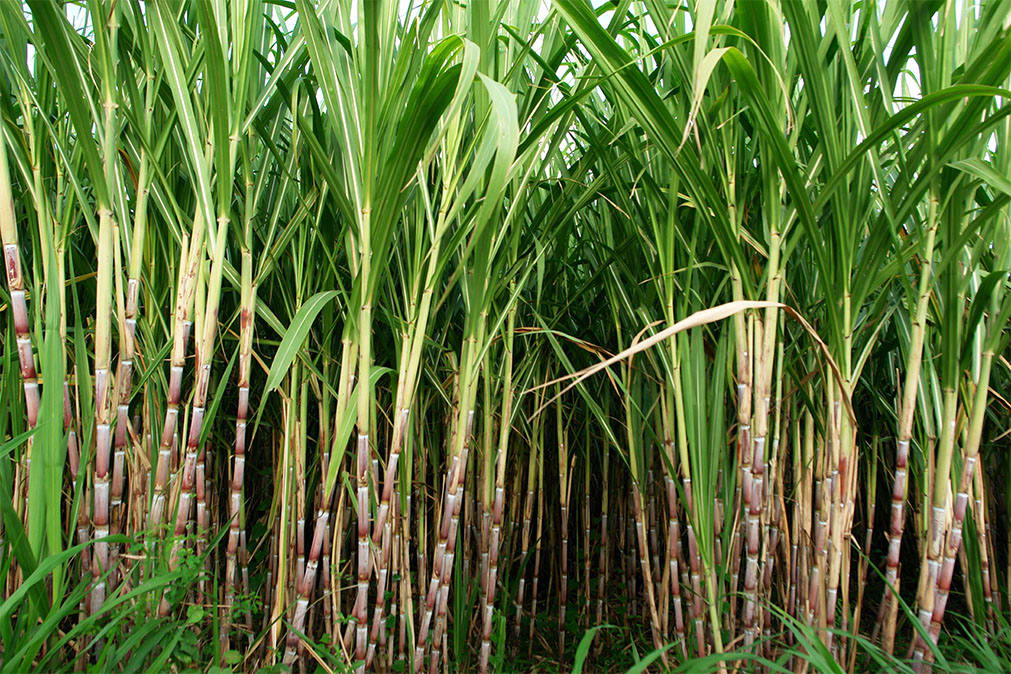
Sunflower
You're a sunflower! These famous flowers are observed all over the UK enjoying the sunny weather and grown for their oils and seeds. They have rough, hairy stems and typically reach heights of 3m. They grow best in fertile, moist, well-drained soil and full sun.
It is actually a myth that sunflowers move with the sun! Immature sun buds do exhibit this behaviour (heliotropism) but the mature flowers point in a fixed, typically easterly, direction throughout the day.
Download your colouring sheet here: http://wp.lancs.ac.uk/lancsphotosynthesis/files/2021/05/sunflower-colouring-sheet.pdf
It is actually a myth that sunflowers move with the sun! Immature sun buds do exhibit this behaviour (heliotropism) but the mature flowers point in a fixed, typically easterly, direction throughout the day.
Download your colouring sheet here: http://wp.lancs.ac.uk/lancsphotosynthesis/files/2021/05/sunflower-colouring-sheet.pdf
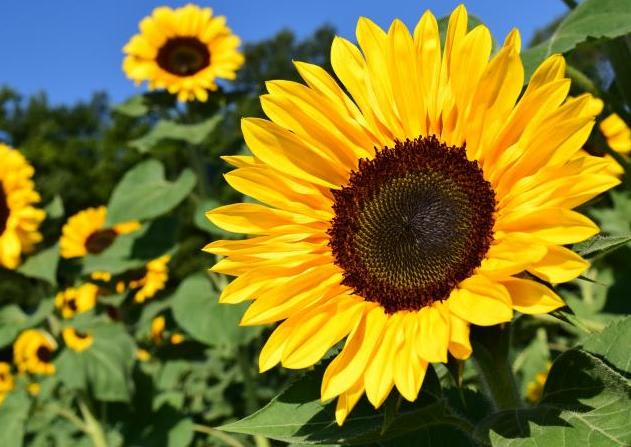
Cowpea
You're cowpea! Cowpea is one of the crops extensively studied by the photosynthesis group at Lancaster University. It is grown extensively in semi-arid regions across Africa and Asia and is sometimes known as the 'black-eyed pea' because of the black dot on the seed/bean.
It is tolerant of sandy soil and low rainfall. It also requires few human inputs as they are able to fix atmospheric nitrogen using nodules on their roots. This makes it an easy crop to grow in semi-arid and poorer regions of Africa where there is less access to artificial agricultural inputs.
Have a look at some of the other pages on our site to find some recipes using cowpea!
Download your colouring sheet here: http://wp.lancs.ac.uk/lancsphotosynthesis/files/2021/05/cowpea-colouring-sheet.pdf
It is tolerant of sandy soil and low rainfall. It also requires few human inputs as they are able to fix atmospheric nitrogen using nodules on their roots. This makes it an easy crop to grow in semi-arid and poorer regions of Africa where there is less access to artificial agricultural inputs.
Have a look at some of the other pages on our site to find some recipes using cowpea!
Download your colouring sheet here: http://wp.lancs.ac.uk/lancsphotosynthesis/files/2021/05/cowpea-colouring-sheet.pdf
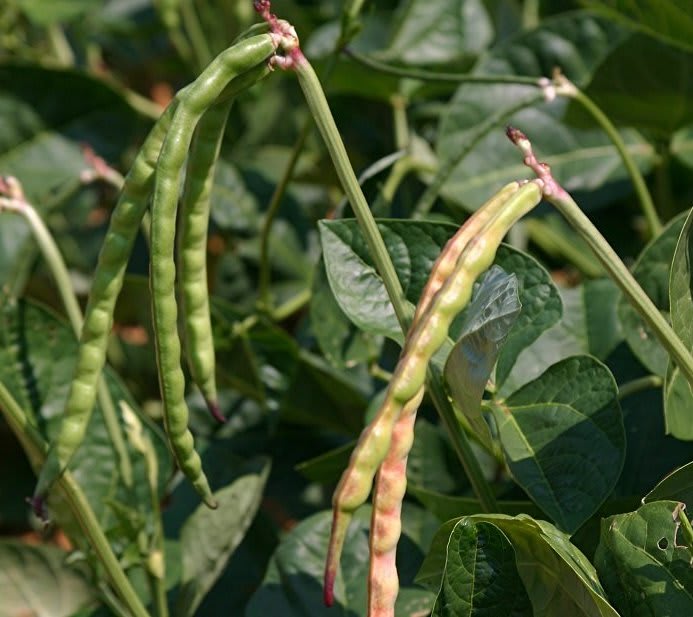
Mother of Millions
You're Mother of Millions! This plant is famous for growing tiny plantlets on the sides of its leaves that become many more plants (hence the name 'mother of millions').
This plant is succulent (plant stores lots of water) and is, therefore, drought-tolerant. It absorbs carbon dioxide during the night for photosynthesis (known as CAM photosynthesis).
Send us a drawing of mother of millions with your favourite fact and we'll put it on the website!
This plant is succulent (plant stores lots of water) and is, therefore, drought-tolerant. It absorbs carbon dioxide during the night for photosynthesis (known as CAM photosynthesis).
Send us a drawing of mother of millions with your favourite fact and we'll put it on the website!
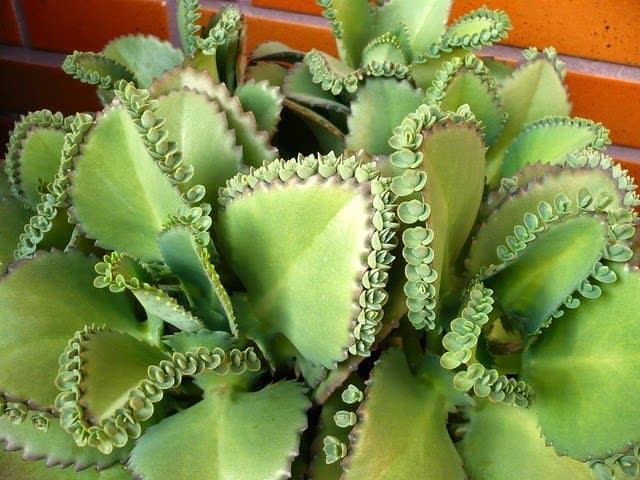
Maize
You're maize! Maize is one of the most important crop plants in the world, used for both food and bioethanol. In 2018, 1.148 billion tonnes of maize was produced!
Maize plants typically grow to around 3m tall though some can reach 13m! They have shallow roots and so are susceptible to drought and intolerant of nutrient deficiencies. Maize, however, is cold tolerant.
Download your colouring sheet here: http://wp.lancs.ac.uk/lancsphotosynthesis/files/2021/05/maize-colouring-sheet.pdf
Maize plants typically grow to around 3m tall though some can reach 13m! They have shallow roots and so are susceptible to drought and intolerant of nutrient deficiencies. Maize, however, is cold tolerant.
Download your colouring sheet here: http://wp.lancs.ac.uk/lancsphotosynthesis/files/2021/05/maize-colouring-sheet.pdf
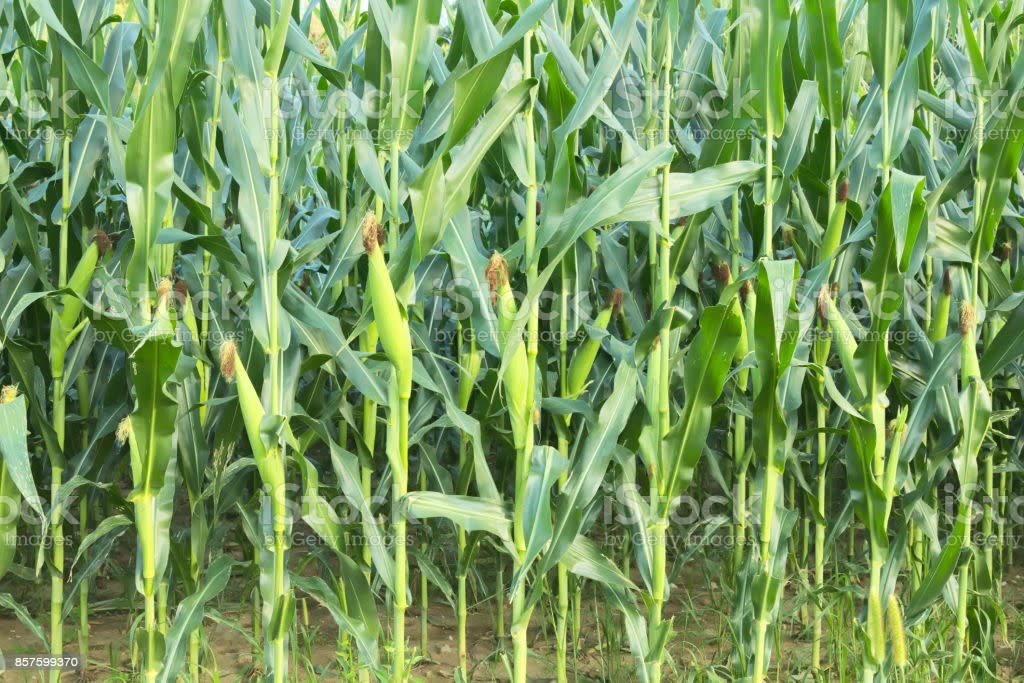
Prickly Pear
You're a prickly pear! These large, solitary cacti thrive in mild winters with low rainfall and hot summers and produce colourful but prickly berries! They may grow to 5-7m tall with a diameter of 1m. They have small hairlike prickles that adhere to the skin and hair.
Download your colouring sheet here: http://wp.lancs.ac.uk/lancsphotosynthesis/files/2021/05/prickly-pear-colouring-sheet.pdf
Download your colouring sheet here: http://wp.lancs.ac.uk/lancsphotosynthesis/files/2021/05/prickly-pear-colouring-sheet.pdf
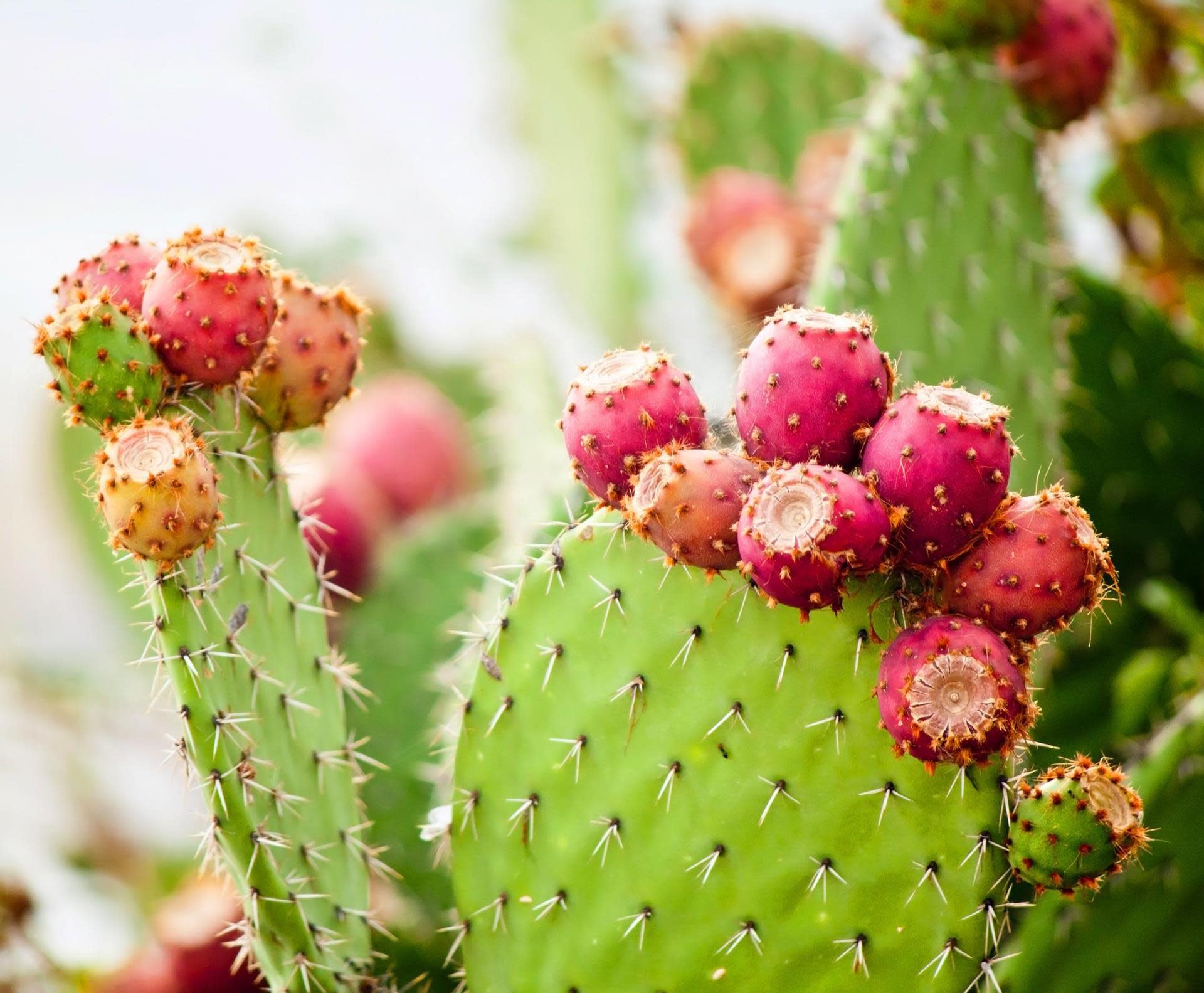
Strangler Fig
You're a strangler fig! These plants actually start their life in the canopy of other trees, using the other as support and nutrients before the roots finally reach the soil.
The strangler fig then enlarges and strangles its host, eventually a free-standing (hollow!) tree in its own right.
Figs have a beneficial relationship with fig wasps: figs are only pollinated by fig wasps and fig wasps can only reproduce in fig flowers!
Send us a drawing of a strangler fig with your favourite fact and we'll put it on the website!
The strangler fig then enlarges and strangles its host, eventually a free-standing (hollow!) tree in its own right.
Figs have a beneficial relationship with fig wasps: figs are only pollinated by fig wasps and fig wasps can only reproduce in fig flowers!
Send us a drawing of a strangler fig with your favourite fact and we'll put it on the website!
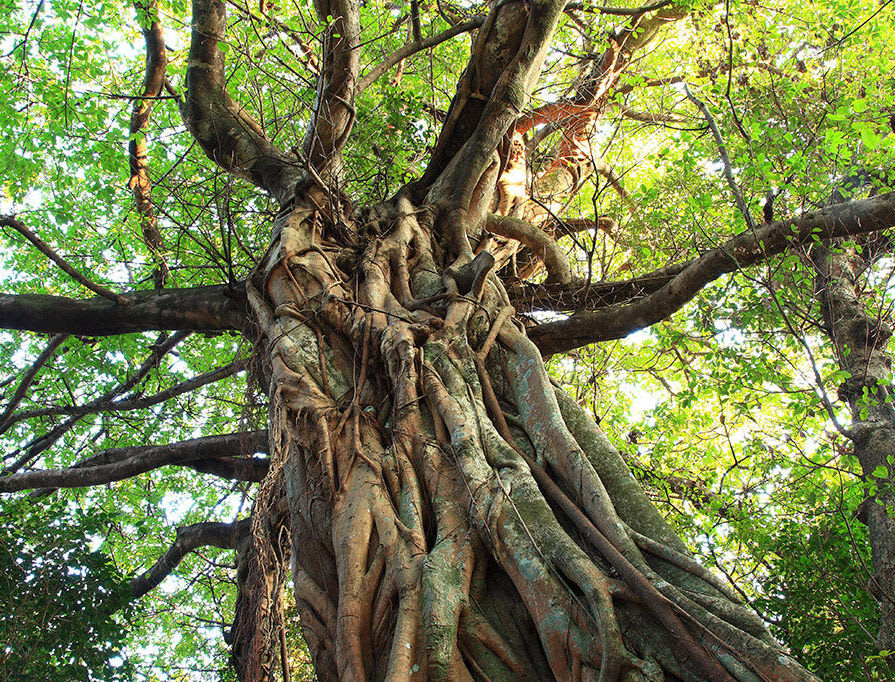
Creeping woodsorrel
You're a creeping woodsorrel, also known as sleeping beauty! It is thought that it comes from Southeastern Asia and migrated West so that it was first identified in Italy. Now, it is found commonly in cities and often regarded as a weed.
The leaves are edible and taste of lemon. A drink can be made by infusing leaves in hot water for about 10 minutes, sweetening and then chilling. The whole plant is rich in vitamin C too.
Send us a drawing of a creeping woodsorrel with your favourite fact and we'll put it on the website!
The leaves are edible and taste of lemon. A drink can be made by infusing leaves in hot water for about 10 minutes, sweetening and then chilling. The whole plant is rich in vitamin C too.
Send us a drawing of a creeping woodsorrel with your favourite fact and we'll put it on the website!

Venus flytrap
You're a Venus Flytrap! These plants grow in nutrient-poor soils and so capture insects and spiders for nutrients to support their growth. A trapping structure on the leaves allows them to capture their prey. Tiny hairs on the trap mechanism's surface sense an insect's movement and cause the trap to close, trapping it. The plant then digests its prey.
Download your colouring sheet here: http://wp.lancs.ac.uk/lancsphotosynthesis/files/2021/05/venus-flytrap-colouring-sheet.pdf
Download your colouring sheet here: http://wp.lancs.ac.uk/lancsphotosynthesis/files/2021/05/venus-flytrap-colouring-sheet.pdf
